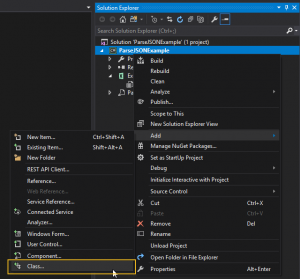

This object is constructed of multiple levels Please note that everything in red is only for annotation. We can decompose the object from above picture as shown below: You can find the download link to the full object in the download section on the bottom of this blog. The snippet below shows only the first element, but in reality this JSON array would be composed of multiple objects like this.

The picture below shows a JSON object that we want to convert to a CSV table. To start with we would need an example of the JSON object that we will try to convert to CSV table. If you think that you would require some lectur es before, please visit Azure Logic App Documentation website. I am going to focus more on what components we should link together, and how to solve the problem of flattening JSON objects, rather than on technical details how particular logic components works. I will assume that you have basic knowledge about how this service work, and you can create simple logic flows yourself. This blog is not going to cover how to use Logic Apps from scratch. This blog is going to explain how we can easily convert complex JSON objects into a flat CSV Table by using Azure Logic App’s. The solution that we found is trivial, but not immediately obvious for the person with little experience in Azure Logic Apps, so that’s why I decided to share it with you. One of the problems that we encountered during the work, was how to convert the JSON response objects that the API returns into delimited flat files. In the new solution we use Azure Logic Apps to call Timesheet APIs and it returns all required timesheet data in form of JSON objects. Recently our company needed to rebuild the internal BI solution.The change was caused by an upgrade of some external APIs that our BI solution uses to collect timesheet data.


 0 kommentar(er)
0 kommentar(er)
